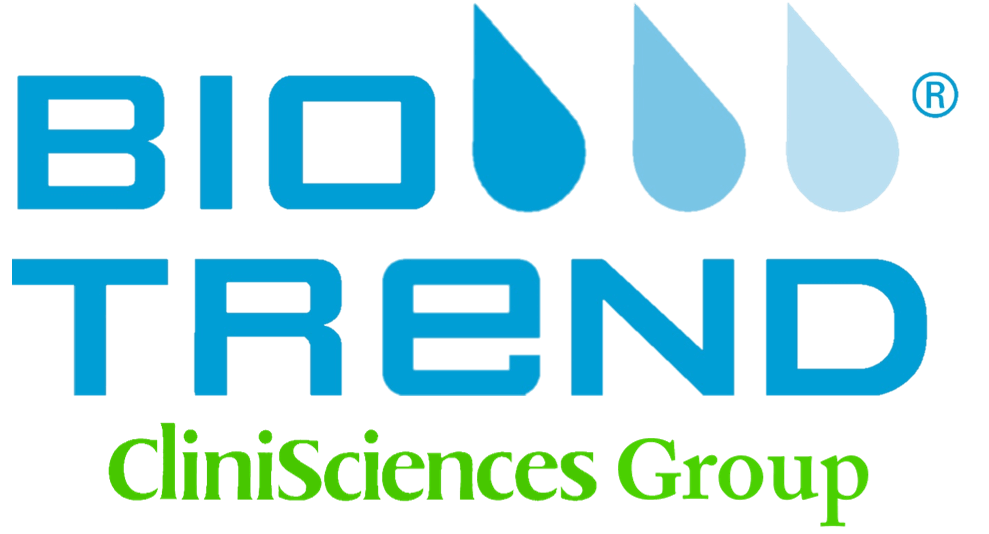β-Amyloid 1-40, Human (Control Peptide)
Cat# A2275-75F-100ug
Size : 100ug
Brand : US Biological
A2275-75F β-Amyloid 1-40, Human (Control Peptide)
Clone Type
PolyclonalGrade
Highly PurifiedApplications
E WBShipping Temp
Blue IceStorage Temp
-20°CControl Peptide for A2275-74B (affinity purified antibody) and A2275-74L (antiserum). Human, beta Amyloid 1-40 synthetic C-terminal 7 aa synthetic peptide. Demonstrates a high degree of sequence homology with human and murine b-amyloid (1-40) and b-amyloid (1-42). Demonstrates a small amount of sequence homology with b-amyloid (1-28) and b-amyloid (12-28). No sequence homology is observed with CGRP.||Alzheimer's Disease (AD) is a neurodegenerative disorder characterized by progressive loss of memory and cognition in the elderly. One of the most important and initial step involves proteolytic cleavage of amyloid precursor protein (APP, chromosome 21) releasing short 40, 42 & 43 aa peptides (beta amyloid1-40, 1-42, and 1-43). Polymerization of b-amyloid (Ab) and subsequent neuronal deposit (amyloid) leads to the degeneration of neurons involved in memory and cognition. Ab deposits have also been found to contain 2 additional proteins termed a-synuclein and b-synuclein. The 140 aa a-synucleins is identical with non- Ab component (NACP) of AD. The 134 aa human b-synuclein is homologous to 14kD bovine phosphoneuroprotein 14. Mutations in a-synuclein gene causing a replacement of alanine with a threonine may cause the protein to misfold. Synucleins are primarily expressed in the brain. At least 3 forms: two large (140 aa SYN-1 & 149 aa SYN-2) and a small form (SYN-3, 42 aa) are produced by alternative splicing.||Applications: |Suitable for use in ELISA and Antibody Blocking. Not suitable for uaw in Western Blot. Other applications not tested.||Recommended Dilution:|ELISA: 50-100 ng of control peptide/well.|Anitbody Blocking: 5-10ug per 1ug A2275-74B (affinity purified antibody) or per 1ug A2275-74L (antiserum).||Optimal dilutions to be determined by the researcher.||Storage and Stability:|May be stored at 4°C for short-term only. For long-term storage, store at -20°C. Aliquots are stable for at least 6 months at -20°C. For maximum recovery of product, centrifuge the original vial after thawing and prior to removing the cap. Further dilutions can be made in assay buffer.


